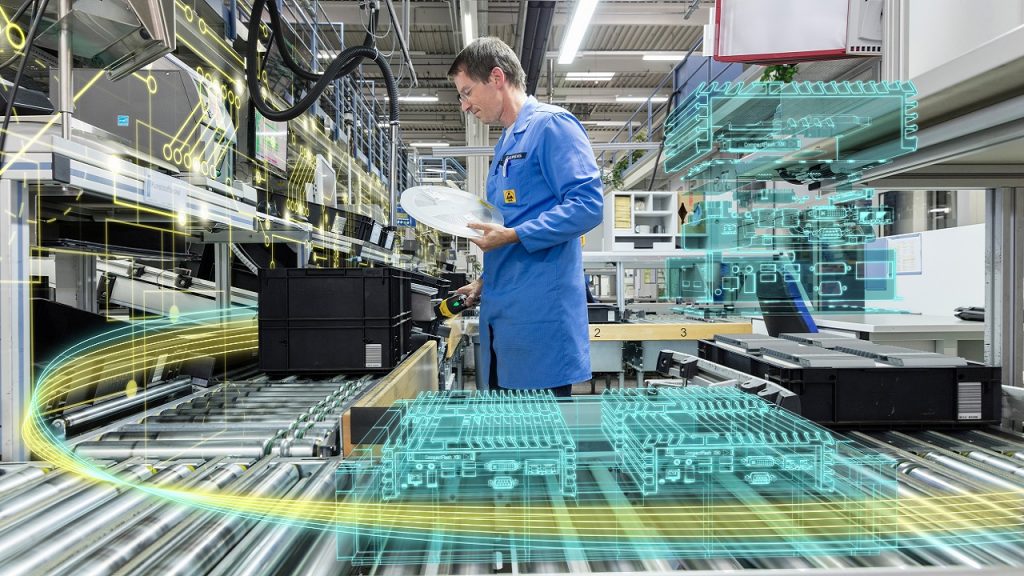The manufacturing process remains complex and requires discipline and expertise in a wide range of machines, robots, computers, and other equipment. This process requires several needs and developments. The technicians need to undergo workshops for acquiring skills of basic needs in terms of man, equipment, material, methods, revenue, and other conveniences. These are necessary for plant layout and industries to provide solutions with planned Manufacturing. The training procedure remains highly complicated and troublesome. The workshop includes awareness of various engineering materials and production criteria designed for a commercial environment to explain its usage, including several hand tools. It also focuses on using raw materials to turn into something appropriate. Most of these are manufactured from china mold supplier as it has low labor cost and high-quality control. Let’s discuss the four primary types of Manufacturing mentioned below.
Molding in Manufacturing
The manufacturers use the molding process when products are created using liquids. One such type is known as a casting, where the plastic is being heated until it becomes liquid and then is poured into a mold. After it gets cooled down, the mold is removed to give the desired shape. One can also use plastic sheeting for casting as it has a wide variety of applications. Molding includes four types of injection i.e., injection molding, which is used to melt plastic for creating 3D materials like toys. The next is blow molding used for piping and milk bottles, and compression molding is used for large scale productions like tier cars. The last is a rotational molding, which is used for furniture and shipping drums.
Insert molding company produces mass faster than machining, and the overall weight can be reduced by replacing other parts with plastic. The molding process is used in automobiles, cooking, household, and other electrical equipment. It reduces the labor cost and improves component reliability while enhancing the strength of parts with design flexibility.
Machining in Manufacturing
Machines are used to make products when there is the usage of metal products. The manufacturers need to use tools like saws, sheers, and rotating wheels to achieve the possible results. The other tools are also used to shape items. The metals are cut by using laser machines with high energy light beam and plasma torches. The electricity helps in turning plasma into electricity. The other equipment, such as erosion machines, uses water instead of electricity to do so, and the computer numerical control machine does the programming for Manufacturing. The types of machining tools include cutting, drilling, grinding, milling, and turning tools. Apart from these, oxy fluid cutting, also known as gas cutting, is a mixture of fuel gas to melt or cut the hard material.
Shearing and Forming in Manufacturing
Shearing comes into play while dealing with sheet metals. Shearing is done by suing blades for cutting straight pieces of metal. This process is also known as die-cutting and can be seen using aluminum, brass, bronze, and stainless steel. Another metal shaping process is forming, which is done by compression or putting any other stress over material to give the desired shape. Foaming is generally used with metal but can also be used with other materials like plastic.
Joining in Manufacturing
After mold and machines, it’s time to put those multiple parts together to make one piece. Without this process, you won’t be able to assemble all the parts. It’s just the same as welding and soldering, where heat is applied to combine materials. Here the pieces are joined using adhesives or fasteners. During welding, two parts are melted together to function as one. The other methods include brazing, where melted parts are distributed into solid metals after being heated. The next comes soldering, where the filler metal is below 840 degrees Fahrenheit. The filler gets wet and gets combine to form a metallurgical bond. The adhesive bonding is used to hold together multiple spaced parts, and the last is a mechanical assembly where two or more components are attached.
Conclusion
Above were the necessary steps involved in the manufacturing process with the required tools and mechanisms to make the work fast and speedy. The device varies from material usage, and the process is used to combine all small parts into a functioning component.

